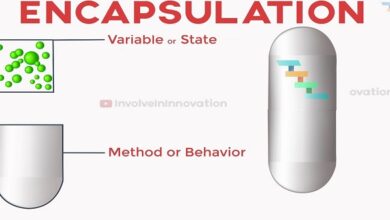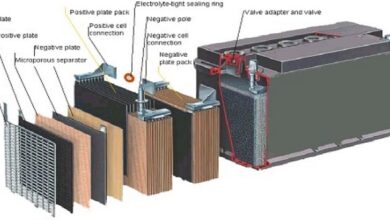An Agent-Based Approach of Learning Objects

INTRODUCTION
This paper addresses the integration between Learning Objects and Multi-Agent Systems. A Learning Object according to Downes, Sosteric and Hesemeier (2002), is an entity of learning content which can be used several times in different courses or in different situations. The use of reusable learning objects to create learning environments improves quickness, flexibility and economy.
WHY TRANSFORM LEARNING OBJECTS IN AGENTS?
There are many benefits in integrating leaming objects and agents. An Litelligent Agent is a software entity that works in a continuous and autonomous way in a particular environment, generally inhabited by other agents, and able to interfere in that environment, in a flexible and intelligent way, not requiring human intervention or guidance (Bradshaw, 1997). An agent is able to communicate with others by message exchange using a high level communication language called Agent Communication Language (ACL), which is based on the Speech Act Theory.
DEVELOPING THE INTELLIGENT LEARNING OBJECTS APPROACH
Some researchers concerning leaming objects, (Mohan & Brooks, 2003) propose an object-oriented approach. This architecture has a class of objects called LeamingObject, which is the superclass of all learning objects. Every leaming object is an instance of this class.
The Sharable Content Object Reference Model (SCORM®, 2004) is currently the most complete model of reference for leaming content reuse, and it is very useful in real-life leaming. In the SCORM model, the leaming resources (assets) are added in packages (SCO). Each SCO has an archive (manifest file) with information about the content that it loads and on how it must be used. Besides such information are the SCO metadata and the assets metadata. There are also references for assets and sequencing rules.
INTELLIGENT LEARNING OBJECTS MULTIAGENT ARCHITECTURE
The proposed multi-agent architecture (Fig 1) encompasses two types of agents: Litelligent Leaming Objects and LMS agent. The LMS agent represents all the features of the leaming environment which are not performed by ILO. The Litelligent Learning Objects are our object of study in this work. The agent environment that these agents inhabit is a FIPA complaint environment provided by FIPA Operational System (FIPA-OS) Framework.
AGENT ARCHITECTURE FOR AN ILO
The Intelligent Learning Object model is composed of an agent, a Manifest File, and Learning Resources. The agent is able to interpret the Manifest File, which has information about how the agent should work. The Manifest File contains references to learning resources (content packaging information). Learning resources are actual files containing learning content. The ILO is able to deliver these learning resources to students. The Manifest File also has information on how the learning resources should be delivered to students (Sequence Rules) and about what the learning experience generated by the ILO is about (Metadata).
CONCLUSIONS
At this point, we quote Downes (2002): We need to stop thinking of learning objects as chunks of instructional content and to start thinking of them as small, self-reliant computer programs. This means more than giving a learning object some sort of functionality, more than writing Java calculators or interactive animations. When we think of a learning object we need to think of it as a small computer program that is aware of and can interact with its environment.



